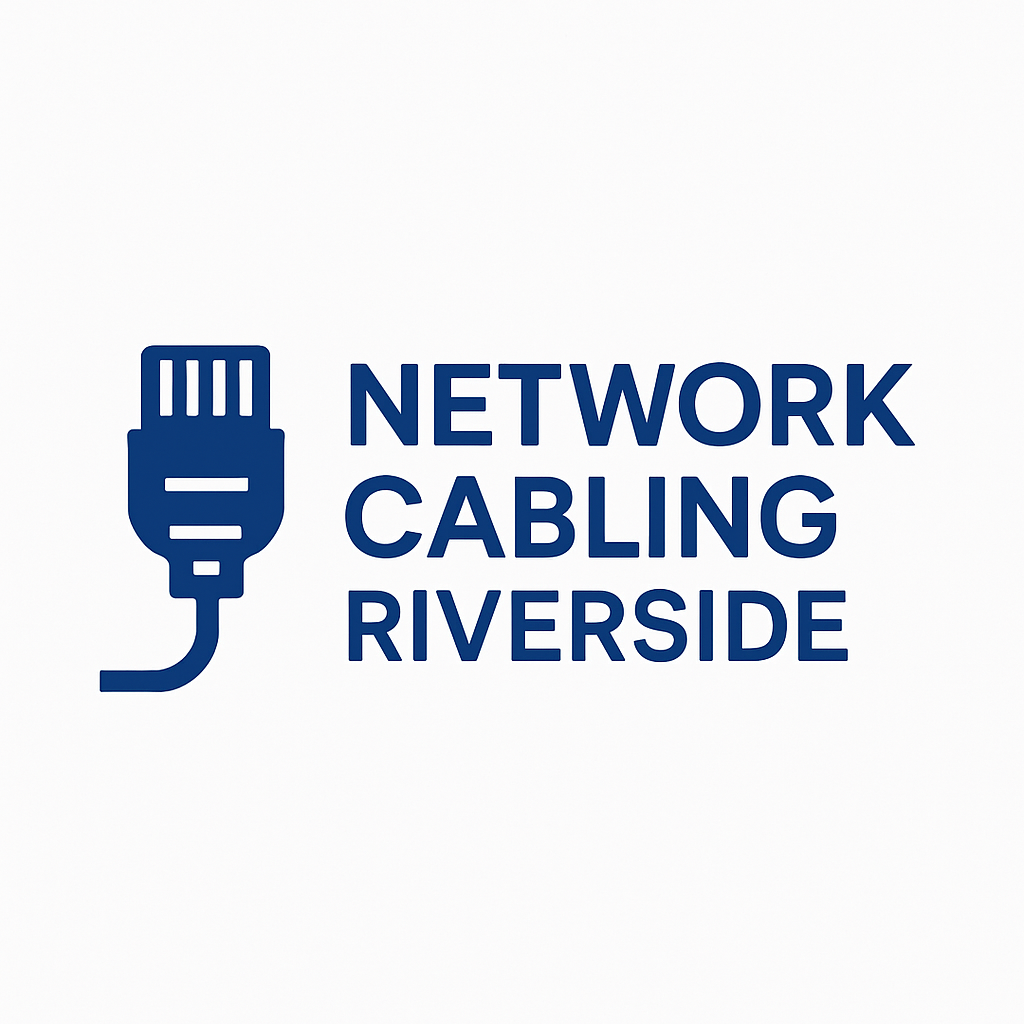School Network Cabling in Riverside CA: Everything Schools Need to Know
As technology continues to transform education, schools in Riverside, CA, are increasingly relying on robust network infrastructure. Network cabling forms the backbone of these digital environments, supporting everything from administrative systems to classroom learning tools. Understanding the essentials of school network cabling can help administrators make informed decisions that improve connectivity, security, and efficiency.
What Is School Network Cabling?
Network cabling refers to the physical infrastructure that connects computers, servers, routers, and other devices to the internet and internal networks. In schools, this infrastructure ensures that students and staff have reliable access to online resources, digital lesson plans, video conferencing, and cloud-based applications.
The most common types of network cabling used in educational institutions include:
- Category 5e (Cat5e): Supports speeds up to 1 Gbps and is commonly used for standard networking needs.
- Category 6 (Cat6): Supports higher speeds up to 10 Gbps and is suitable for high-bandwidth applications.
- Fiber Optic Cabling: Ideal for long-distance connections, offering high-speed data transmission with minimal signal loss.
Why Network Cabling Is Critical for Schools
A strong cabling system is essential for schools because it:
- Supports Digital Learning: Classrooms increasingly depend on online tools, e-books, and interactive lessons. Reliable cabling ensures smooth access.
- Enables Administrative Efficiency: Administrative tasks, grading systems, and school communications require stable networks to operate effectively.
- Improves Security: Properly installed cabling supports secure network configurations and helps prevent unauthorized access.
- Reduces Downtime: High-quality cabling reduces the risk of network interruptions, which can disrupt learning and operations.
Planning a School Network Cabling Project
When planning network cabling for a school, administrators should consider:
- Assessment of Needs: Identify the number of devices, anticipated traffic, and future expansion needs.
- Structured Cabling Design: Plan a structured cabling system with clear labeling and organized pathways to simplify maintenance.
- Compliance with Safety Standards: Ensure cabling meets fire, safety, and building codes, including proper routing in ceilings, walls, and floors.
- Scalability: Plan for future upgrades by leaving extra capacity in cable pathways.
- Professional Installation: Work with certified network cabling professionals who have experience in educational environments.
Common Network Cabling Challenges in Schools
Schools may encounter several challenges when installing or maintaining network cabling, including:
- Aging Infrastructure: Older buildings may have outdated cabling that cannot handle modern bandwidth requirements.
- Limited Access: Installing new cabling in classrooms or administration areas can be difficult without disrupting daily activities.
- Environmental Factors: Moisture, temperature fluctuations, and interference from other electronic devices can impact network performance.
- Budget Constraints: Schools often have limited funds for technology projects, making it important to balance cost with performance.
Best Practices for School Network Cabling
To ensure a reliable and efficient network, schools should follow these best practices:
- Use High-Quality Materials: Invest in durable cabling and connectors to reduce maintenance costs.
- Label and Document Everything: Keep detailed records of cable runs, outlets, and connections for easier troubleshooting.
- Separate Networks: Use separate cabling for administrative systems, student devices, and security systems to improve performance and security.
- Regular Maintenance: Inspect cabling periodically to prevent wear and identify potential problems early.
- Plan for Redundancy: Implement backup pathways and failover systems to prevent network outages.
Future-Proofing School Networks
With digital learning evolving rapidly, schools must future-proof their network infrastructure. This includes:
- Installing higher-capacity cabling like Cat6a or fiber optic solutions.
- Planning flexible layouts that accommodate new technologies.
- Integrating network management tools for monitoring performance and security.
- Training IT staff to handle emerging network challenges.
Conclusion
Investing in proper network cabling is crucial for schools in Riverside, CA. A well-planned and professionally installed network ensures reliable connectivity, supports digital learning, and enhances overall school operations. By understanding the types of cabling, common challenges, and best practices, school administrators can create a secure, scalable, and efficient network environment that benefits students and staff alike.
